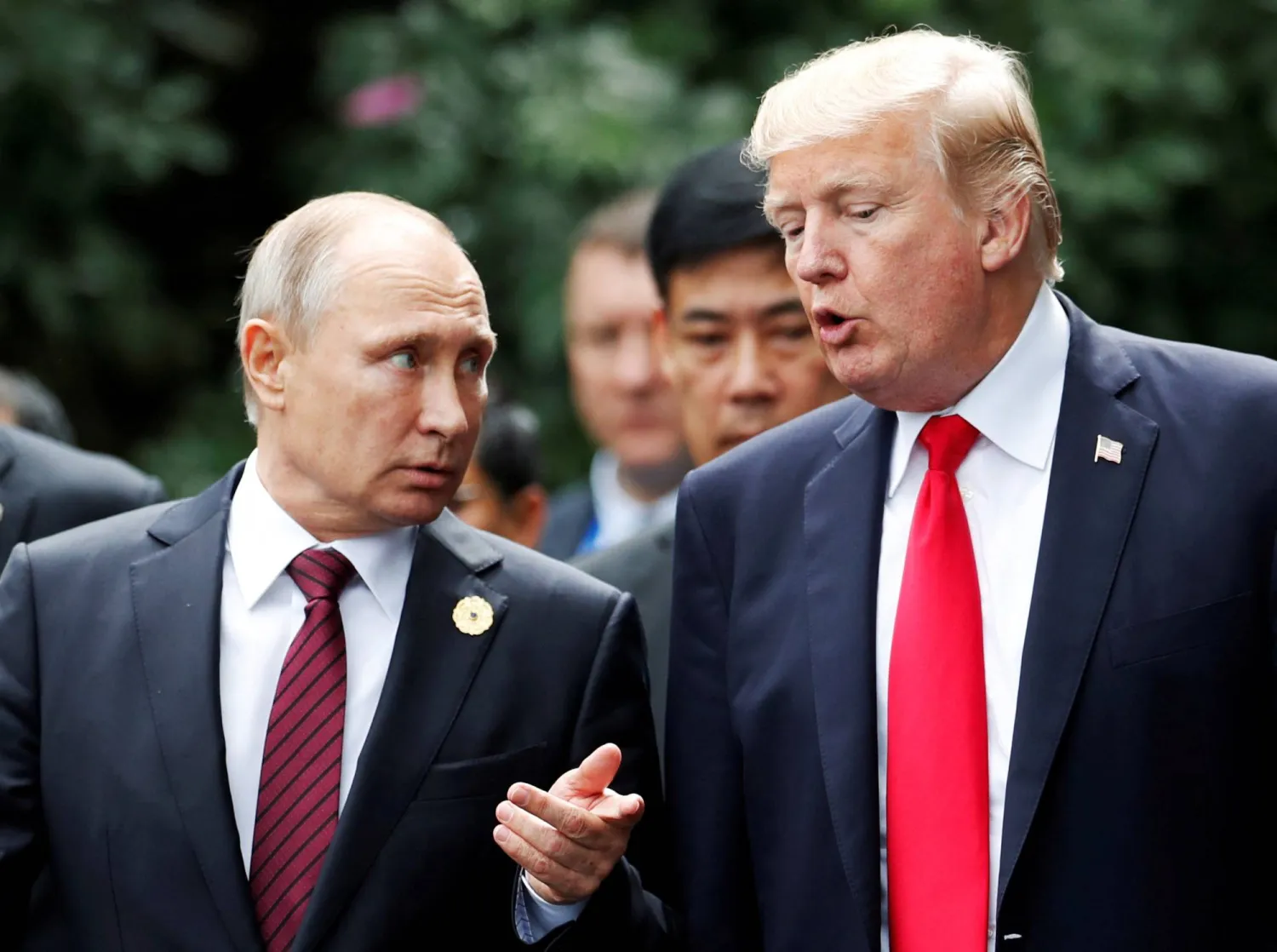US President Donald Trump and his Russian counterpart Vladimir Putin will hold talks in Alaska next Friday in a bid to end the war in Ukraine, which was triggered by Russia's February 2022 invasion.
Trump has spent his first months in office trying to broker peace -- after boasting he could end the war in 24 hours -- but multiple rounds of peace talks, phone calls and diplomatic visits have failed to yield a breakthrough, said AFP.
Here is what we know about the summit so far:
When and where
On his Truth Social site on Friday, Trump announced that his meeting with Putin would be held in the far-north US state of Alaska on August 15, which was later confirmed by the Kremlin.
The announcement came after days of both sides indicating the two leaders would hold a summit next week.
The Kremlin confirmed the summit in Alaska on Friday, calling it "quite logical."
"They would like to meet with me, I'll do whatever I can to stop the killing," Trump said on Thursday, speaking of both Putin and Ukrainian President Volodymyr Zelensky.
At the White House Friday, Trump said "there'll be some swapping of territories to the betterment of both" Ukraine and Russia, without providing further details.
Why Alaska?
The meeting will be held in Alaska, which Russia sold to the United States in 1867.
The western tip of the state is not far -- just across the Bering Strait -- from the easternmost part of Russia.
"Alaska and the Arctic are also where our countries' economic interests intersect, and there are prospects for large-scale, mutually beneficial projects," Kremlin aide Yuri Ushakov said in a statement on Telegram.
"But, of course, the presidents themselves will undoubtedly focus on discussing options for achieving a long-term peaceful settlement of the Ukrainian crisis," he added.
Ushakov also expressed hope that next time the two presidents would meet on Russian territory.
"A corresponding invitation has already been sent to the US president," he added.
The International Criminal Court (ICC) arrest warrant for Putin -- which obligates members to detain the Russian leader if he visits their country -- had been thought to narrow the potential number of venues.
Will Zelensky be involved?
Zelensky has been pushing to make it a three-way summit and has frequently said meeting Putin is the only way to make progress towards peace.
Trump's special envoy Steve Witkoff proposed a trilateral meeting when he held talks with Putin earlier this week, but the Russian leader has appeared to rule out meeting his Ukrainian counterpart.
At talks in Istanbul in June, Russian negotiators said a Putin-Zelensky meeting could only take place at the "final phase" of negotiations, once the two sides had agreed on terms for peace.
Asked if Putin had to meet Zelensky as a prerequisite for their summit, Trump said on Friday: "No, he doesn't."
When did they last meet?
Trump and Putin last sat together in 2019 at a G20 summit meeting in Japan during Trump's first term. They have spoken by telephone several times since January.
Putin previously held a summit with Trump in Helsinki in 2018. Trump raised eyebrows at the time by appearing to side with Putin over the US intelligence community's finding that Russia had interfered in the US election to support the New York tycoon.
The last time Putin met a US president in the United States was during talks with Barack Obama at a UN General Assembly in 2015.
Negotiating positions
Despite the flurry of diplomacy and multiple rounds of peace talks, Russia and Ukraine appear no closer to agreeing on an end to the fighting.
Putin has rejected calls by the United States, Ukraine and Europe for an immediate ceasefire.
At talks in June, Russia demanded Ukraine pull its forces out of four regions Moscow claims to have annexed, demanded Ukraine commit to being a neutral state, shun Western military support and be excluded from joining NATO.
Kyiv wants an immediate ceasefire and has said it will never recognize Russian control over its sovereign territory -- though it acknowledged securing the return of land captured by Russia would have to come through diplomacy, not on the battlefield.
Kyiv is also seeking security guarantees from Western backers, including the deployment of foreign troops as peacekeepers to enforce any ceasefire.







